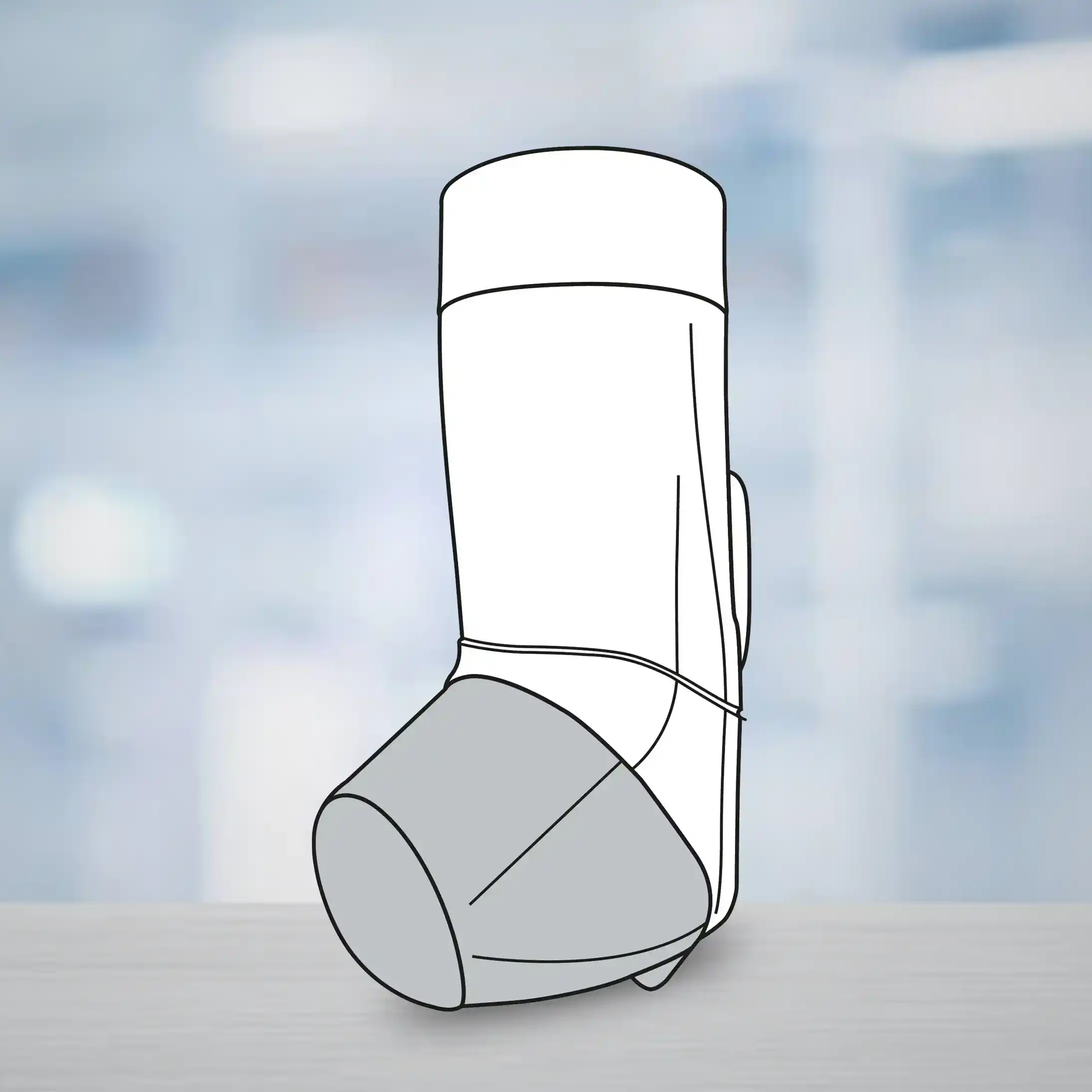Introduction
Based on the results of several heart failure (HF), cardiovascular (CV), and kidney outcomes trials, sodium-glucose co-transporter-2 (SGLT-2) inhibitors are recommended for the management of patients with type-2 diabetes mellitus (T2DM), HF and chronic kidney disease (CKD). Nevertheless, it is not known clearly whether the benefits of SGLT-2 inhibitors are additive to the benefits obtained from the background therapy disease-modifying drugs, including angiotensin-converting enzyme inhibitors (ACEIs) or angiotensin-receptor blockers (ARBs), diuretics, β-blockers and mineralocorticoid receptor antagonists (MRAs).
Aim
To determine whether the beneficial CV effects of SGLT-2 inhibitors are consistent with or without concurrent use of background CV medications in T2DM patients with HF or CKD.
Methods
Study Design
- A systematic review and meta-analysis
Study Selection Criteria
- Large-scale (>1000 participants), randomized, placebo-controlled, CV outcome trials (CVOTs) assessing SGLT-2 inhibitors in patients with established CV disease or multiple atherosclerotic risk factors, with or without T2DM were included in the systematic review and meta-analysis.
Outcomes
Primary Outcome
- A composite of CV death or hospitalization for HF (HHF)
Secondary Outcomes
- Individual components of CV death, HHF, death from any cause, major adverse CV events (MACE) or renal events, volume depletion and hyperkalemia
Results
- The systematic review and meta-analysis included 12 trials providing the details for 83804 patients.
- SGLT-2 inhibitors reduced the risk of CV death or HHF, irrespective of background use of ACEIs/ARBs, angiotensin receptor-neprilysin inhibitors (ARNIs), β-blockers, diuretics, MRAs, or triple combination therapy of either an ACEI/ARB plus β-blocker plus MRA, or an ARNI plus β-blocker plus MRA.
- The risk reduction for CV death or HHF with SGLT-2 inhibitors did not differ significantly amongst patients treated with vs. without MRAs at baseline [24% vs. 19%; HR (95% CI): 0.76 (0.70 to 0.82) vs. 0.81 (0.75-0.86), p=0.22].
- Similarly, the risk reduction for CV death or HHF with SGLT-2 inhibitors did not differ significantly amongst patients treated with vs. without diuretic vs. at baseline [24% vs. 17%; HR (95% CI): 0.76 (0.71 to 0.81) vs. 0.83 (0.70-1.00), p=0.46].
- The relative risk reduction for CV death or HHF with SGLT-2 inhibitors in T2DM patients treated with diuretics or MRAs at baseline, vs. those without was slightly greater, albeit clinically nonmeaningful, (P for interaction <0.10 for both subgroup analyses).
- SGLT-2 inhibitors reduced the risk of CV death regardless of concomitant use of CV medications except for MRAs, there was nominally significant interaction in patients treated with vs. without MRAs had a nominally significant reduction in the risk of CV death [HR (95% CI); 0.82 (0.72-0.93) vs. 0.99 (0.87-1.12), P for interaction=0.04].
- Benefits for HHF reduction were consistent in patients treated with or without diuretics [HR (95% CI); 0.69 (0.63-0.76) vs. 0.76 (0.64-0.91), P for interaction=0.36], and in those treated with or without MRAs [HR (95% CI); 0.74 (0.66-0.82) vs. 0.68 (0.61-0.75), P for interaction=0.30) or other CV medications at baseline.
- Similarly, no significant interactions were observed across all subgroups for all-cause mortality, MACE or the kidney-specific composite outcome, except for a statistically significant interaction for baseline use of an ACEI/ARB for MACE (suggesting a greater benefit for patients not taking ACEIs/ARBs). Results related to the kidney-specific composite outcome were also similar, with a greater risk reduction in the subgroup of patients not taking diuretics at baseline (P for interaction <0.01).
- SGLT-2 inhibitors reduced the risk of hyperkalemia vs. placebo, with no significant interaction between the subgroups of patients treated with and without MRAs at baseline [RR (95% CI); 0.60 (0.46-0.79) for MRA use vs. 0.81 (0.60-1.10) for no MRA use; P for interaction=0.14].
- Data from Dapagliflozin-and Empagliflozin-based studies revealed no significant difference between SGLT-2 inhibitors vs. placebo in terms of overall volume depletion rate in patients treated with/ without diuretics at baseline [RR (95% CI); 1.05 (0.75-1.48)].
- Amongst patients treated with diuretics, SGLT-2 inhibitors were associated with a higher risk of volume depletion adverse events [with diuretic vs. without diuretics; RR (95% CI); 1.29 (1.13-1.47) vs. 0.76 (0.36-1.58), P for interaction=0.16]. patients treated with vs. without MRAs at baseline also showed similar patterns [RR (95% CI); 1.17 (0.99-1.38) vs. 0.91 (0.71-1.17); P for interaction=0.11]
Conclusions
- The benefits of SGLT-2 inhibitors in terms of reduction in the composite of CV death or HHF were additive to background use of CV medications in a broad spectrum of patients; including patients with HF, T2DM, & CKD.
- The findings need careful interpretation as most of the subgroups analyzed were not prespecified. Nevertheless, SGLT-2 inhibitors can be used complementary to conventional, disease-modifying therapies, showing CV benefit in patients with T2DM, HF or CKD.

.svg?iar=0&updated=20230109065058&hash=B8F025B8AA9A24E727DBB30EAED272C8)








